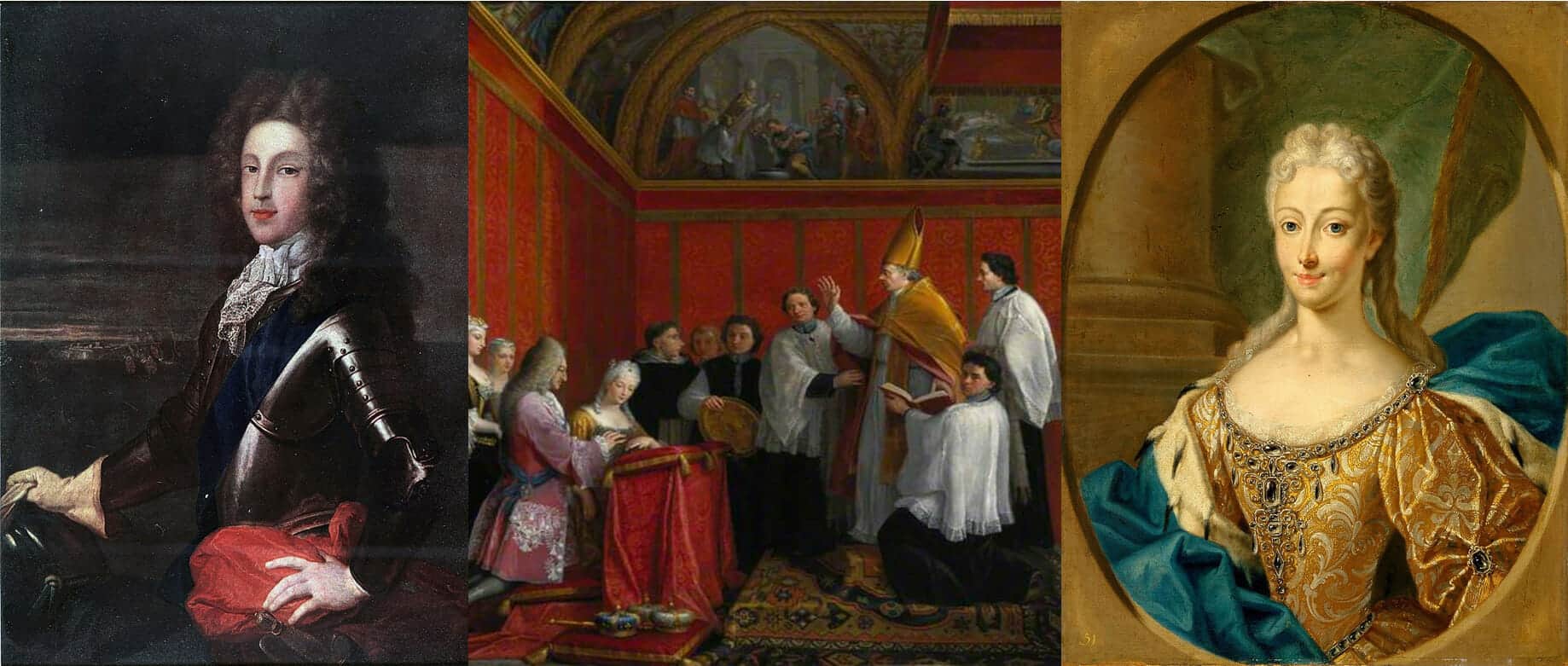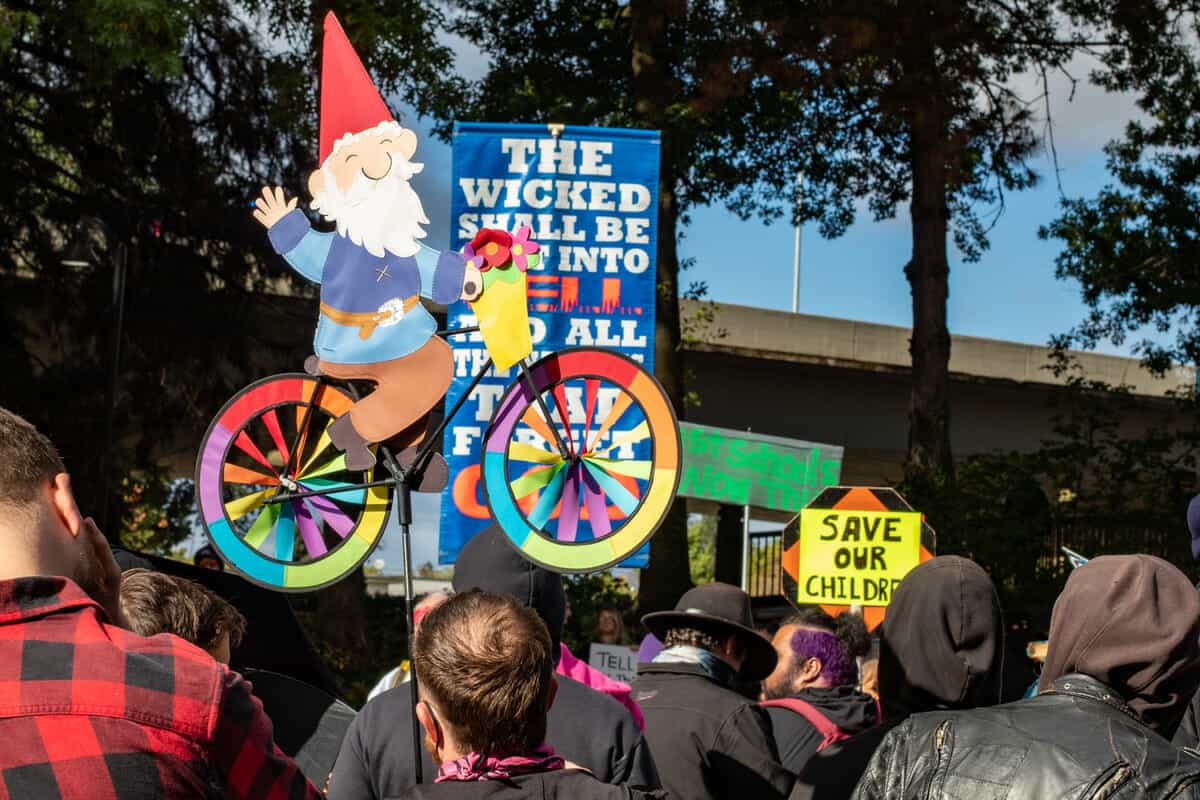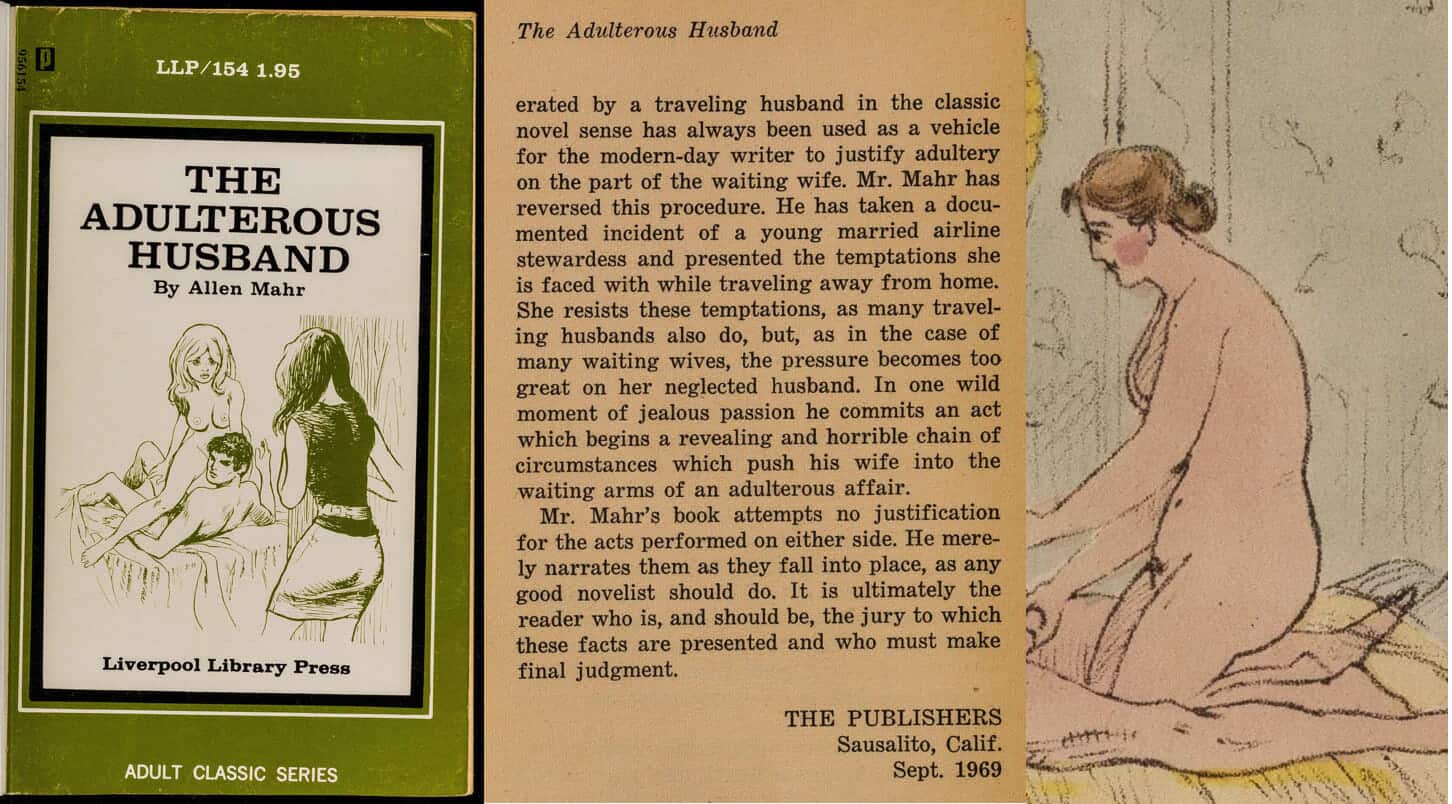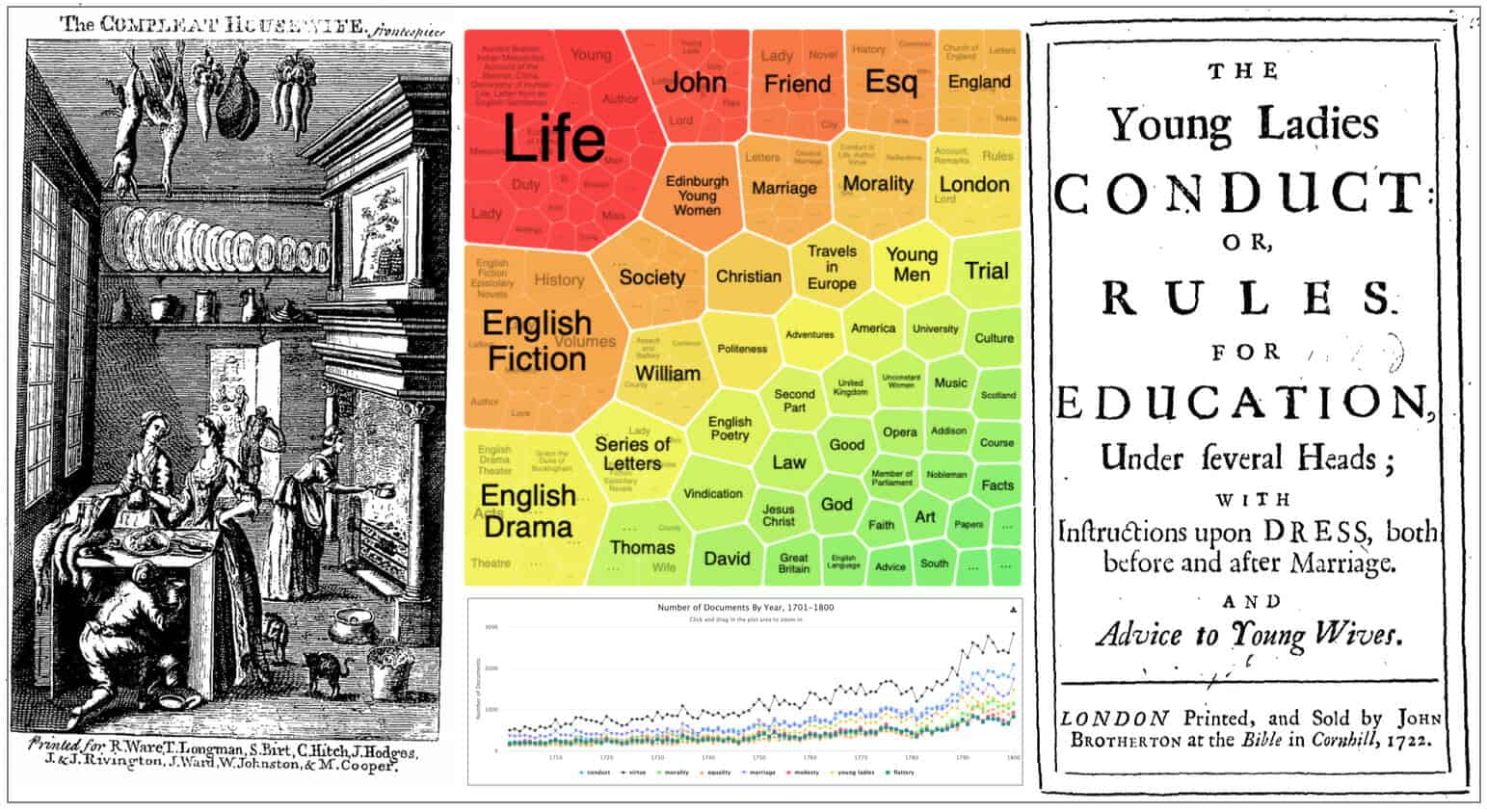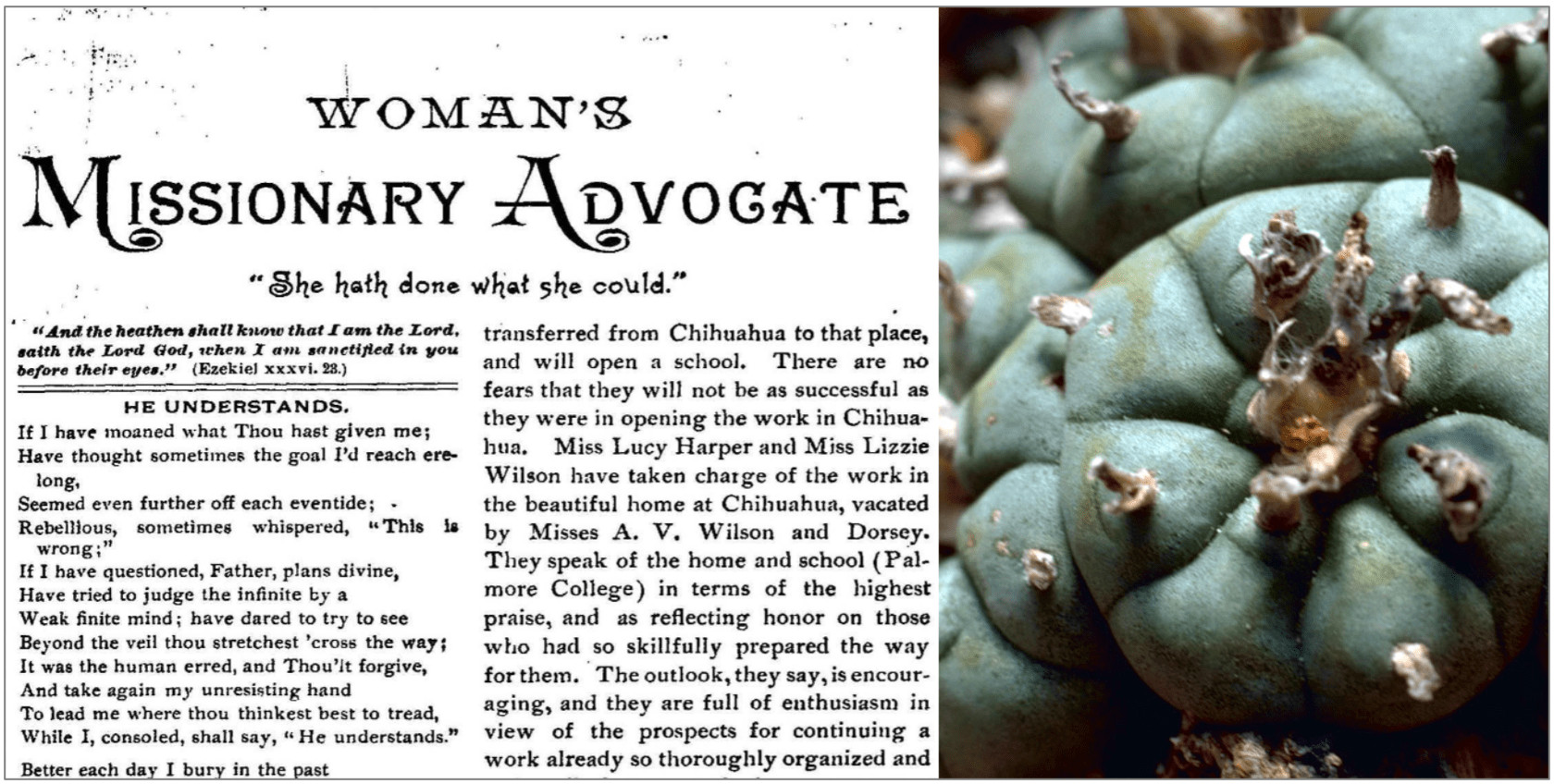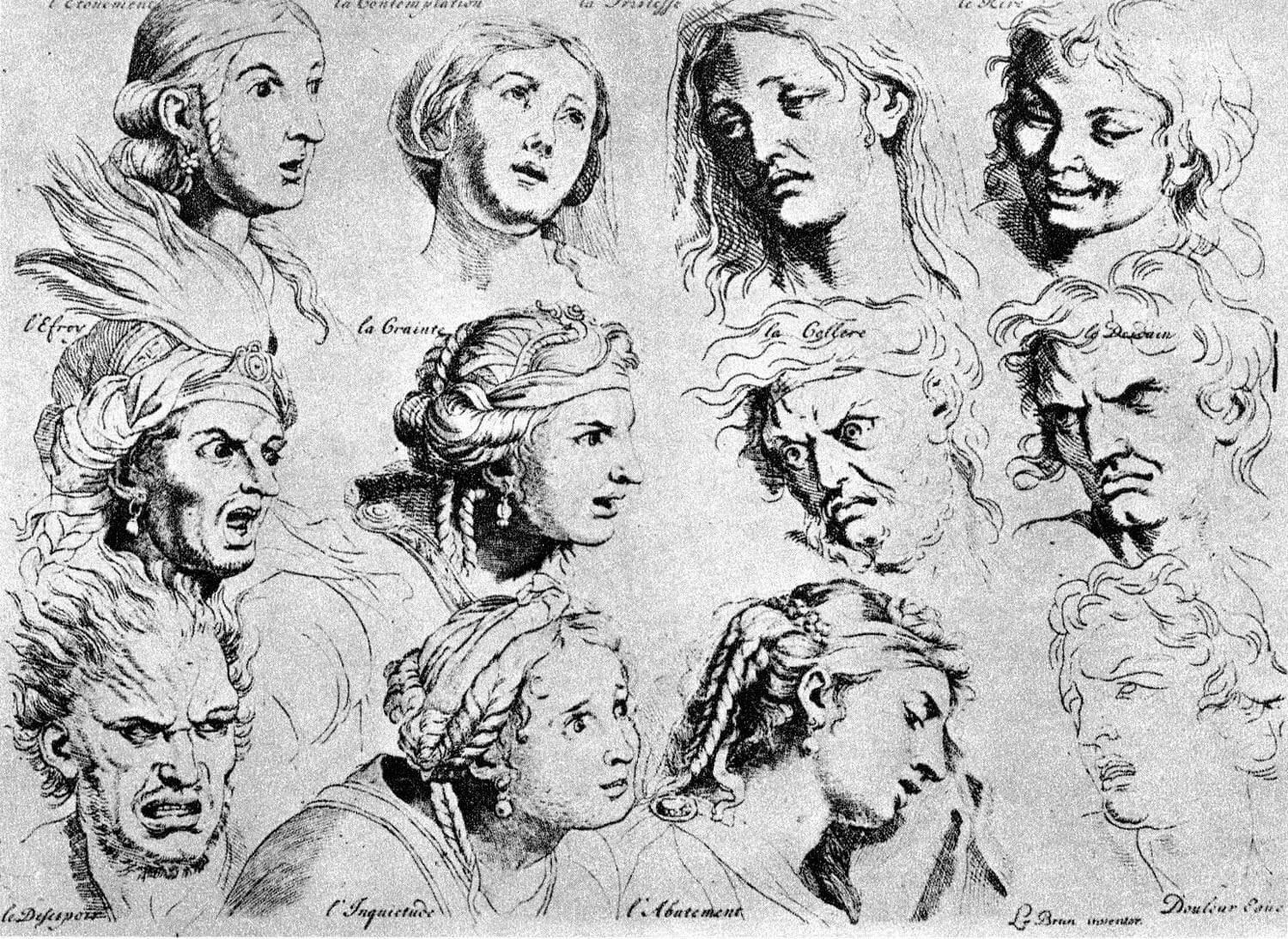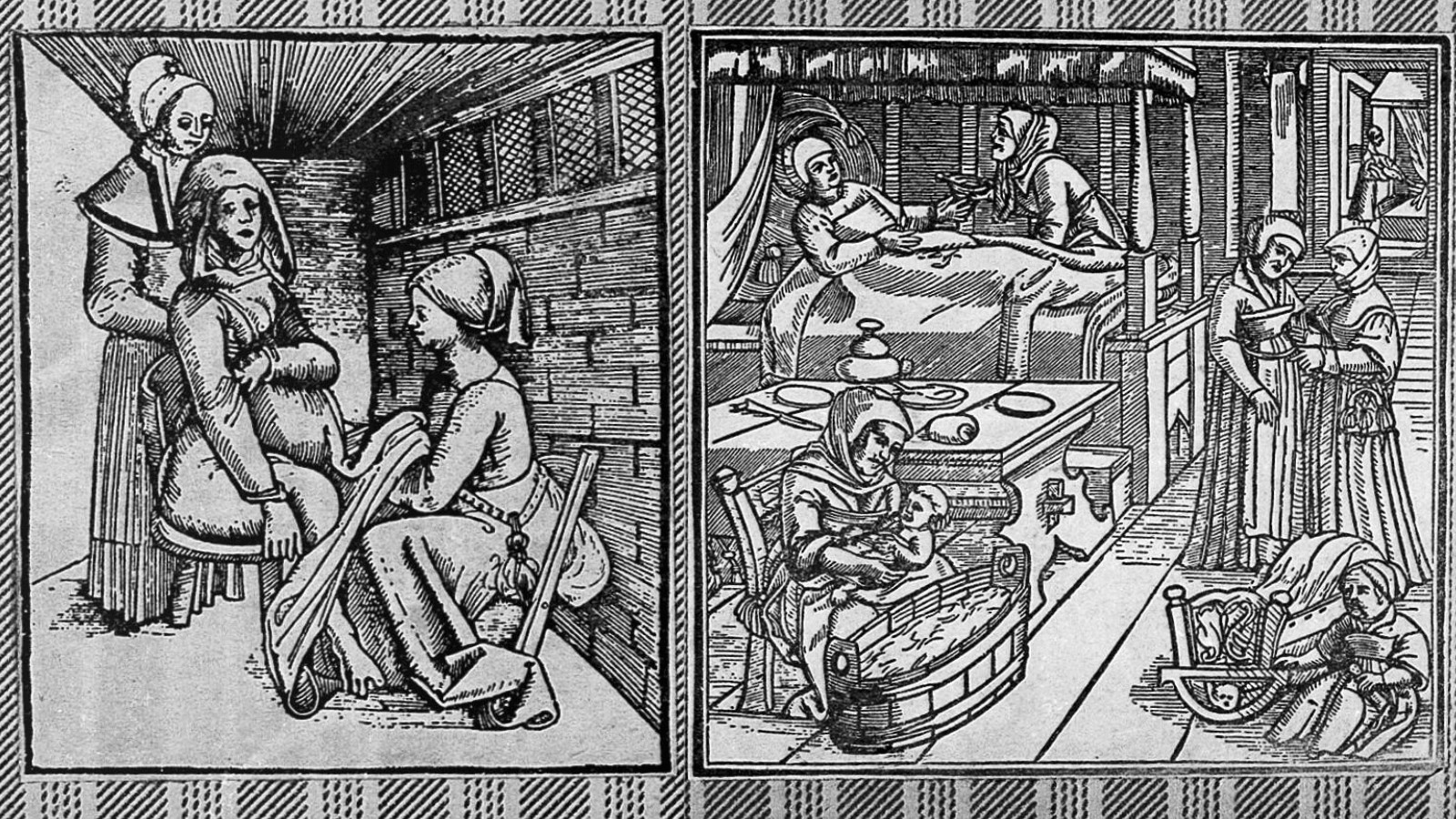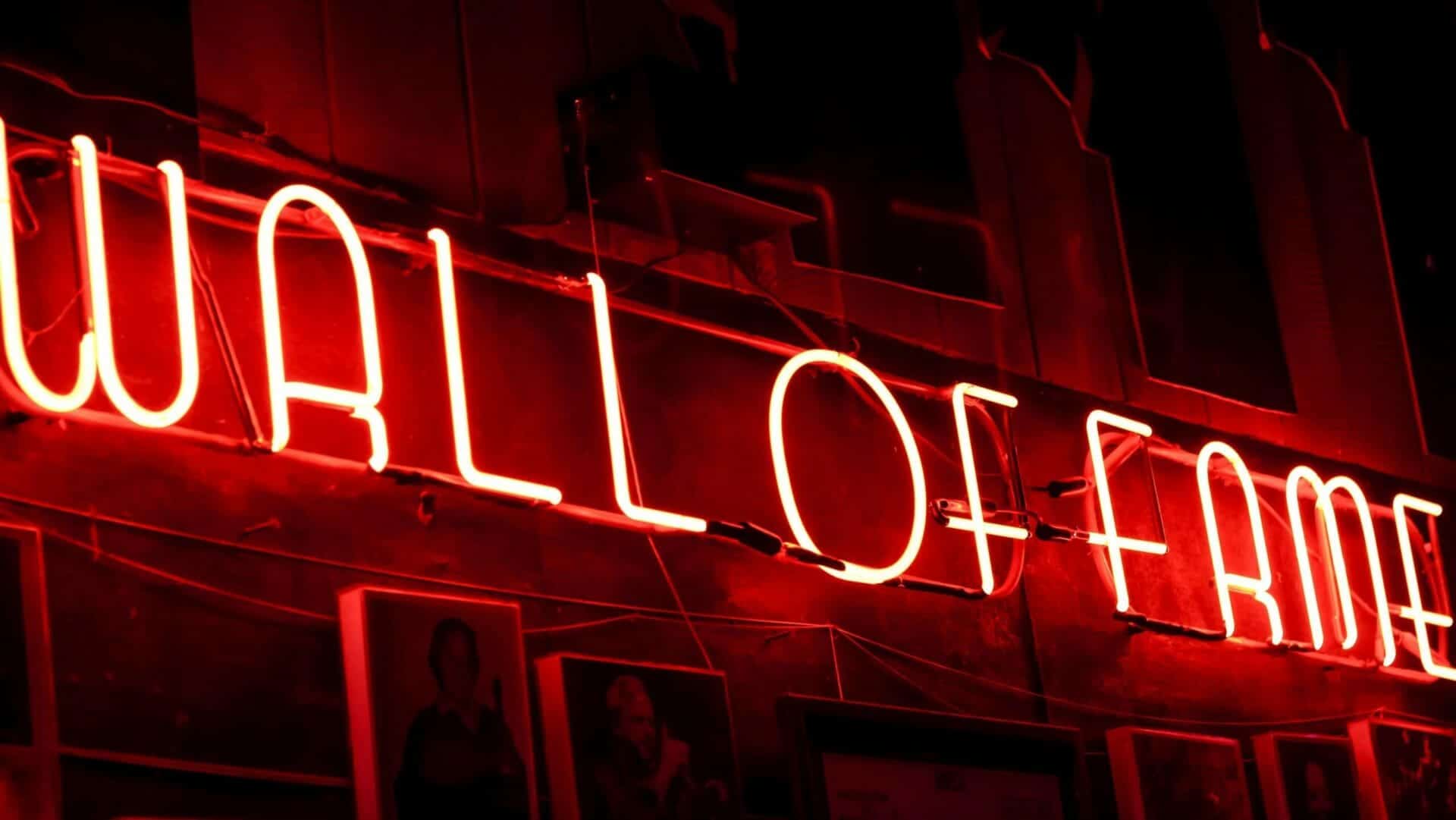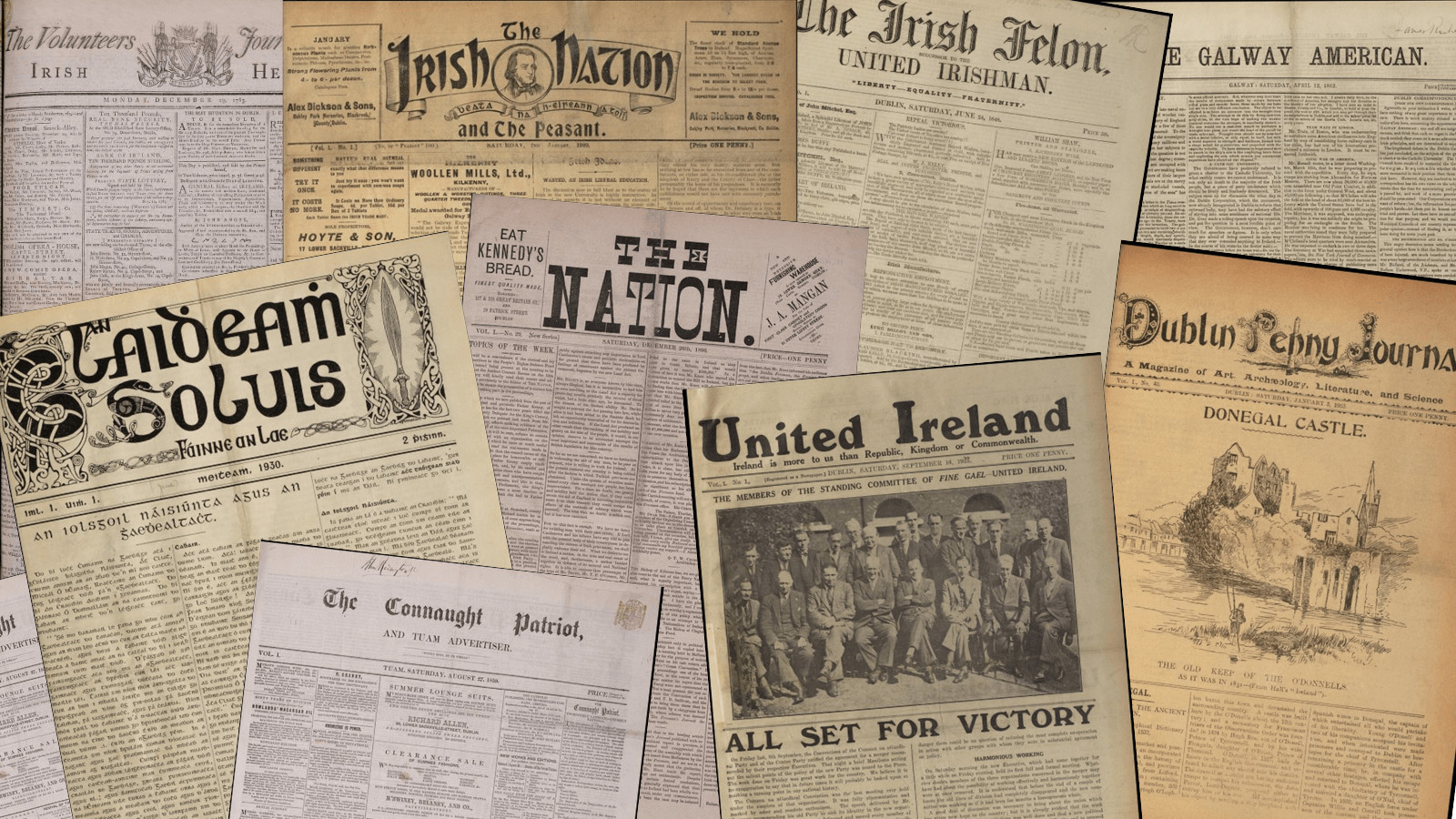|By Rose O’Connor, Gale Ambassador at Maynooth University|
The Stuart and Cumberland Papers from the Royal Archives, Windsor Castle document the lives of the exiled Stuarts, from the Glorious Revolution in 1688 to the death of the last Stuart heir, Henry Benedict, Cardinal Duke of York in 1807. The Jacobite movement was the struggle, conducted through military and diplomatic means, by the exiled Stuarts and their supporters to regain the English throne. The Stuart and Cumberland Papers archive contains a wide variety of sources on this period of history. From the daily operations of the Stuart government in exile to the details of failed rebellions, there is plenty of material here to assist a political or military historian wishing to investigate eighteenth-century politics in Europe. However, this blog post is going to show you how the sources are also of great use to cultural historians. By reading the same sources, but noticing different details, this is a great way to help with your own essay writing. Let me show you some examples.

